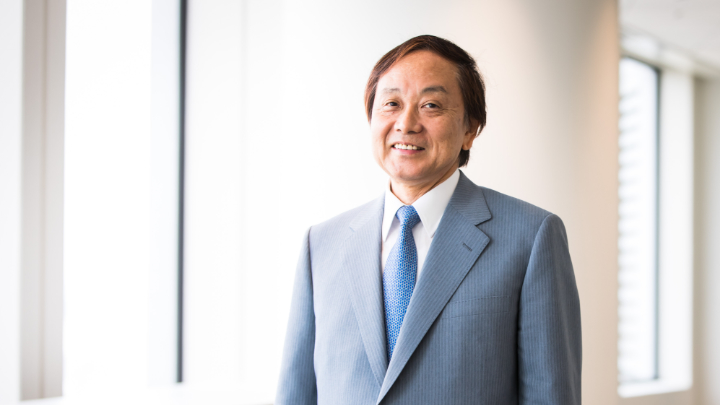




























Hiroo Ichikawa | Professor and Dean, Professional Graduate School of Governance Studies, Meiji University / Executive Director, Institute for Urban Strategies, The Mori Memorial Foundation


Hiroo Ichikawa is Dean at the Professional Graduate School of Governance Studies, Meiji University, Tokyo, Japan. He is also Executive Director, Institute for Urban Strategies, The Mori Memorial Foundation and President at the Meiji University Research Center for Crisis and Contingency Management. He is an expert in urban policy, urban and regional planning, and crisis management and has authored numerous books on issues related to Tokyo and metropolitan regions, including Tokyo’s Unipolar Concentration Will Save Japan (2015), Tokyo 2025: Urban Strategies for the Post-Olympic Era (2015), Urban Strategy for Tokyo (2012), Learning from the Disaster in Japan (2011), and Creating Japan’s Future (2008). He has also served numerous public and private organizations including the Japanese government, the Tokyo Metropolitan Government, Japan Telework Society, and Japan Association of Emergency Qualified Specialists. After receiving a Bachelor’s degree in Architecture and a Master’s degree in Urban Planning at Waseda University, he went on to the University of Waterloo in Canada, where he was granted a Doctoral degree in Urban and Regional Planning. He was born in Tokyo in 1947 and is a first-class registered architect in Japan.
The future of the city is not only being created just by urban planners. Designers, entrepreneurs, and people in general are all involved in delineating that future. However, Hiroo Ichikawa, Ph.D., executive director of the Institute for Urban Strategies at the Mori Memorial Foundation, points out that “it is now more important than before that we consider, from an integrated perspective, how to adapt art and technology to the city as a whole.” Dr. Ichikawa insists on the importance of two-way communication, such as urban planners paying attention to developments in technology, yet he also stresses the need for a linkage that brings about urban policy based on quantitative indicators such as the Global Power City Index (GPCI) that the Mori Memorial Foundation formulates. We interviewed Dr. Ichikawa regarding what it means to think about the future of the city in a way that cuts across fields, and about what he has seen with the GPCI in the ten years since it was started.
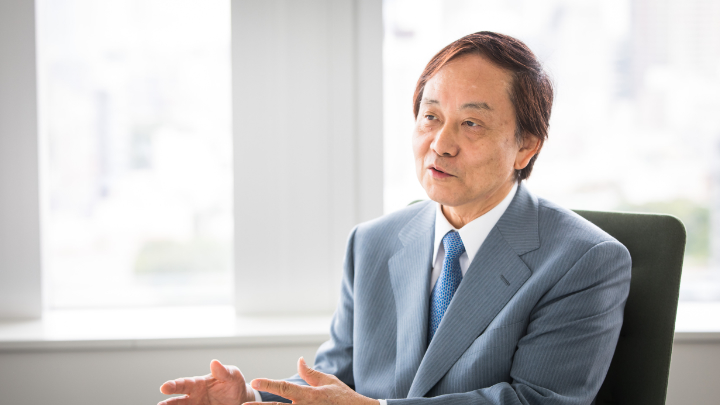
Everyone is thinking about the future. And technology and art are both delineating the future of their respective domains. But in the many years we have spent studying cities, we have come to realize that when it comes to thinking about the future from the angle of the city, there has not been sufficient examination of how the different fields are linked to the city.
On the other hand, when talking about the future of the city, combining a variety of fields makes it possible to talk in an infinite number of patterns. At the ICF, pinning our hopes on the idea that it should be possible to take the preliminary measure of the city of the future if three things — art, technology, and urban space — are present, we have been carrying out discussion across these three fields.
The significance of the ICF lies in integrating different fields in order to think about the future from the standpoint of the city as a whole. And we think that this means discussing what the significance would be of integrating the people in the urban space with the technology, art, and culture in the urban space that support them, and applying this to the city. If you can successfully achieve this integration, then you will be able to delineate a future for the city that is more mature, but if not, then it will remain disconnected. We therefore recognize that our mission is a big one, and for five years, so far, we have been striving to outline this concretely.
For that, it is indispensable that we meet in one place, have discussions, and get to know each other. For instance, biotechnology has been evolving at a surprising speed; our mission, as experts on cities, is to listen to invited experts on biotechnology talk about that subject at the ICF, and then consider how this can be applied to the city. At the same time, it is also essential that we work to make these experts aware of the viewpoint of cities. We think that the ICF has significance as a venue for such two-way communication.
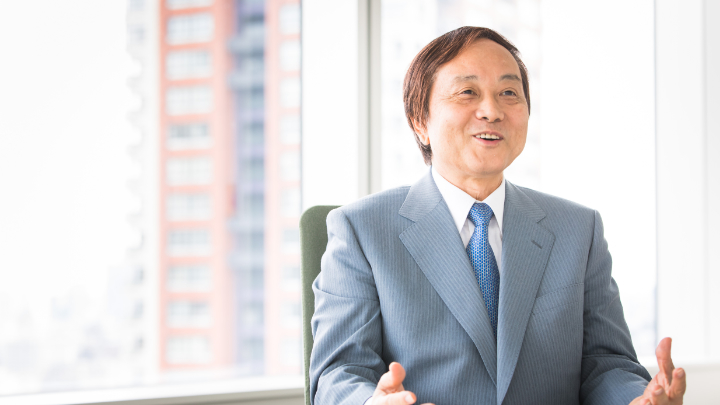
“Innovative” means innovation, so you could rephrase it to say that they are cities where there is investment in trying out new things. In that sense, every city in the world is thinking about innovation. Of course, there are also differences between one city and the next in a few areas, such as culture, the development process, the dissemination of technology, and their approach to the environment.
What is probably noteworthy is that cities fall into two categories: those that are thinking about what being innovative will lead to next, and those that are not. For instance, the GPCI is an index that takes a comprehensive look at cities’ appeal, which is nurtured by innovation. So when you want to know which cities are innovative, you just need to look at the top-ranked cities in the GPCI.
If I had to cite one city that has boosted its value as a city by being innovative, and that always tries to be appealing, it would be Singapore. In the case of almost all cities, there is some difference between the nation’s policies and the city’s policies, but because Singapore is a city-state, it is not only easy for them to implement the policies they have decided on but also easy to change those policies.
Since the September 2013 decision that the Olympics would be held in Tokyo, there has been an increase in the number of business travelers coming to inspect Tokyo. Western investors whom I have met all say that if the business climate here could be set up to make it easy for foreigners to do business, then they would like to come to Tokyo rather than Hong Kong or Singapore. They seem to feel that if Tokyo had all the necessary things, such as a system that supported entrepreneurship, a Western-style living environment that families could truly live in, and international schools, then it would be extremely appealing.
In the Urban Intangible Values ranking — which evaluates cities based on people’s feelings — you can see additional appeal that Tokyo has that does not show up in the GPCI. While Tokyo is ranked 3rd in the GPCI, in the intangible values ranking it is the top-ranked city in the world. And what I would like to point out is that the city that is competing with Tokyo for the top spot in intangible values is Vienna, a city with a high level of culture. I feel that the secret of Tokyo is the fact that, despite its overwhelmingly large metropolitan area, it has a flavor that is close to that of a medium-sized city like Vienna, which boasts a wonderful atmosphere. And I think that our mission at the Mori Memorial Foundation’s Institute for Urban Strategies is to elucidate this.
While I am talking about Tokyo’s appeal, I would like to mention the fact that the evaluations of visitors from abroad change dramatically after they have visited Japan. In the case of many foreigners who visit Tokyo, it seems that the image they had of Tokyo before visiting Japan changes greatly due to the fact that the metropolis is orderly, free of confusion, that the transportation runs right on time, without any delays, and that the scenery is beautiful. Perhaps what symbolically expresses, more than anything else, the appeal of Tokyo is the smoothness with which you can pay at convenience stores and supermarkets. In cities overseas, it is normal for customers to be kept waiting, but in Tokyo — not to mention the rest of Japan — payments are effectuated immediately. Underlying this are well-trained store clerks and the existence of ICT systems that anyone can use to make payments. This is a societal system unique to Japan, but you could also say that it is a sign of the development of technology.
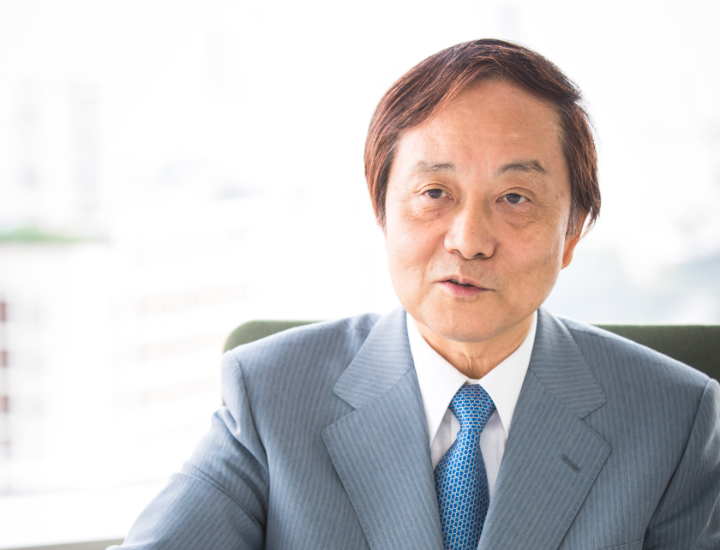
Before we started the GPCI, there were topic-specific surveys such as rankings of financial centers and rankings of the most livable cities. But with these topic-specific surveys, Tokyo, which is strong in a comprehensive fashion, never came out on top internationally. We thought that was strange, so we desired to evaluate cities in a comprehensive and objective way, and that was the start of the GPCI.
In fact, making things visualizable through numbers revealed concretely the rankings and problems of cities, thereby aiding the understanding of readers and making it easier for them to implement measures to deal with cities’ situations. As a result, the Abe administration adopted a policy goal of making Tokyo move into the top three on the GPCI by 2020. That goal has already been reached, but the governor of Tokyo has said that she wants to make Tokyo reach 1st place.
In addition, due to us having continued it for 10 years, the index is becoming more and more trusted internationally as a world-standard benchmark. Actually, cities such as Amsterdam, Seoul, and Vienna make use of the GPCI. The fact that a small city like Vienna is ranked 10th in the world is an amazing result, and it is fine if readers start out by just being interested in surprising results like that. That is because by knowing the reasons behind these results that are so full of surprises, they will be able to think about what they should do next. And if you consider the fact that people involved in urban policy around the world have come to use the GPCI when they think about the next action they should take, this serves as feedback showing that we are achieving the original aim of the GPCI.
But what is just as important as surprising results are results that are convincing. By carrying out a survey for a long time, you need to convince more and more people. In the first year, 2008, Tokyo was in 4th place behind New York, London, and Paris. And that was convincing to many people, as they felt that Tokyo at that time was certainly no match for New York, London, or Paris. Likewise, there was a shared understanding that 5th-ranked Singapore was growing fast. Now the situation has changed: Tokyo has reached 3rd place, and is within sight of the two cities above it. In this way, it could be said that by bringing about a feeling of conviction toward the way the world is today — by means of the figures in the GPCI — a new sensation has begun to appear, especially among people who are involved in urban policy. So we think it would be interesting if the GPCI report, which has both surprising and convincing results, could provide such discoveries. We intend to continue aiming for that.
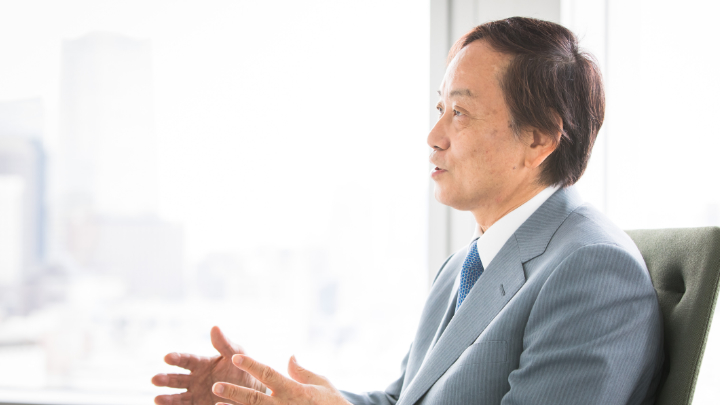
The speakers at the subcommittee are not infrastructure experts, so I cannot make any predictions at all. However, there are differences between infrastructure as we experts in urban planning conceive it and infrastructure as representatives of companies that provide ICT services conceive it. What is important is probably to accept the differences as a given but realize that all of us are thinking about cities.
I think that from our point of view as experts in urban planning, what is important in a city is naturally the comfort of people. Yet, there are probably some people who say that the most important thing is convenience, and others who say that it is stimulation, and of course there are those who think that economic activity comes first. So the different groups are asserting a variety of positions. You could rephrase this to say that a variety of infrastructures are necessary. Transportation alone is not infrastructure; infrastructures suited to stimulation and comfort are also needed. It is for that reason that I feel that the city is varied and interesting. On that day of the ICF, I foresee that a variety of opinions on infrastructure will be aired, and that is what I am hoping for.
